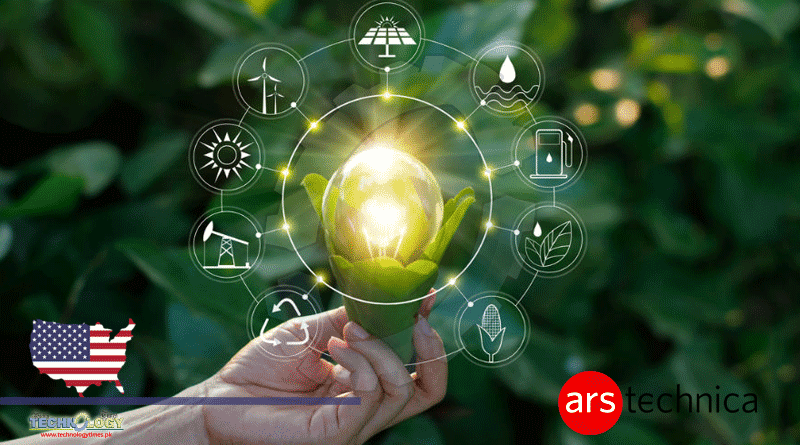Rising Population And GDP Should Boost Energy Demand In The Absence Of Efficiency. But, To Get To Carbon Neutrality

The process of getting the United States completely carbon neutral may not be very expensive. The relatively-inexpensive cost of green technology, such as solar or wind farms, to buying fuel for generators has some researchers looking at the challenges of a national carbon neutrality, according to Ars Technica. “…the researchers set up a series of eight scenarios that applied different constraints. These scenarios include things like continuing current trends into the future (where fossil fuel prices are low), or simply identifying the cheapest carbon-neutral pathway. Other variations include a scenario with an all-renewable grid and high levels of efficiency technology; another scenario where the land given over-to energy production is constrained; and a scenario where the United States manages to reach negative net emissions.
“One of the things the research has made clear is that efficiency will be absolutely necessary for reaching emissions targets. By 2050, rising population and GDP should boost energy demand in the absence of efficiency. But, to get to-carbon neutrality, we’ll have to keep energy use roughly equal-to our present levels.” The good news? Achieving these green technology goals won’t be incredibly expensive: “The researchers estimate that the net cost of the transformation will be a total of $145 billion by 2050, which works out to be less than one-half percent of the GDP that year. That figure does include the increased savings from electrical heating and vehicles, which offset some of their costs. But it doesn’t include the reduced costs from climate change or lower health care spending due to reduced fossil fuel use. These savings will be substantial, and they will almost certainly go well beyond offsetting the cost.
The catch
Of course, the research cited poses a problem. A US without carbon emissions in 2050 only happens if the rate of wind and solar installations picks up dramatically and, critically, if any energy-sucking appliances are replaced with an electric, energy-efficient version. As Ars Technica put it: “[that] does not seem to be happening.” Technology decision makers have an opportunity to carry sway when a critical appliance, vehicle, or other system needs replacing.
This news was originally published at My-Tech Decision’s
